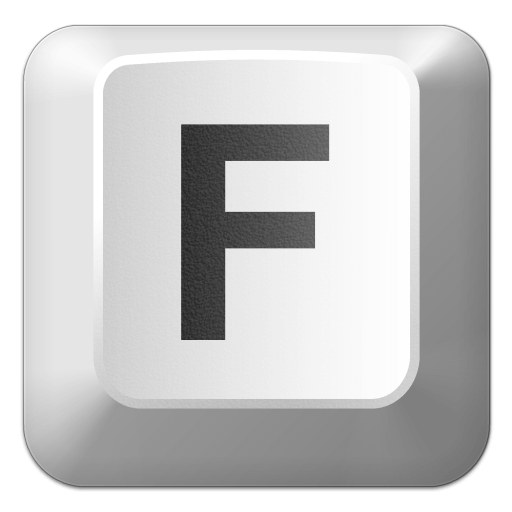Copyright (c) 2013 by E. V. Norat II. All rights reserved. Permission to use this font is only granted for non-commercial; non-profit; private and/or personal purposes. Commercial use of this font is prohibited.
This typewriter-based, serif, mono-spaced font is similar, but not exactly, to the actual Teletype typeboxes. These were used initially by the Civil Aviation Agency (CAA) right after World War II (later reorganized as the Federal Aviation Administration (FAA)) in the various electro-mechanical Teletype (TTY / TWX) machines. These teletypes machines were used by Air Traffic Controllers at over 360+ Flight Service Stations facilities, the U.S. Weather Bureau/Stations, International weather stations, military and many other facilities throughout the world primarily for weather reporting/dissemination purposes and for occasional communication purposes.
The main unique difference from the standard teletype typeboxes and the many numerous variations thereof, is that the CAA/FAA type boxes included specific type of weather symbols. These weather figure symbols were the eight (8) wind direction arrows and the four (4) cloud cover symbols. In addition, several letters were slightly bowed outward at the sides from standard teletype typeface(s). No lower case letters were used; instead the typeboxes were shifted between LTRS (Letters) and FIGS (Figures).The CAA/FAA teletype machines, such as the Model ASR-28, used a subsequent variation of the original 5 level Baudot coded paper tape system, a nylon-cloth ribbon, ran about a 110 baud rate, or about 60 words per minute and the typeboxes only had 64 characters available (including CR, LR, SP, BEL, NUL, etc.).
Around 1985, due to the computer automation upgrades using the new standard ASCII coding, all weather symbols were removed and replaced with text-based descriptors. In addition, the consolidation of 360+ Flight Service Stations to the new 64 Automated Flight Service Stations (AFSS) in the mid to late 1980s, made the slow teletype system(s) obsolete and was removed. About 2005, all the FAA Flight Service Station facilities/personnel were sold (?) by the U.S. Government to the Lockheed-Martin Corporation 2004 and in 2019 to Leidos Corp. They have since consolidated the stations to less than a handful nationwide. With advent of personal computers, cellular telephone texting and other methods, the aviation professional now obtains information directly from various sources in a timely manner, whereby making the Flight Service Station redundant for pre-flight purposes.
This font, TELETYPE 1945-1985, was made to appear as actual characters exactly as it was printed on teletype machines. It accurately recreates a typeface as though it was printed through a nylon cloth inked ribbon and slightly askew.
(Text revised 07/22/2013)
